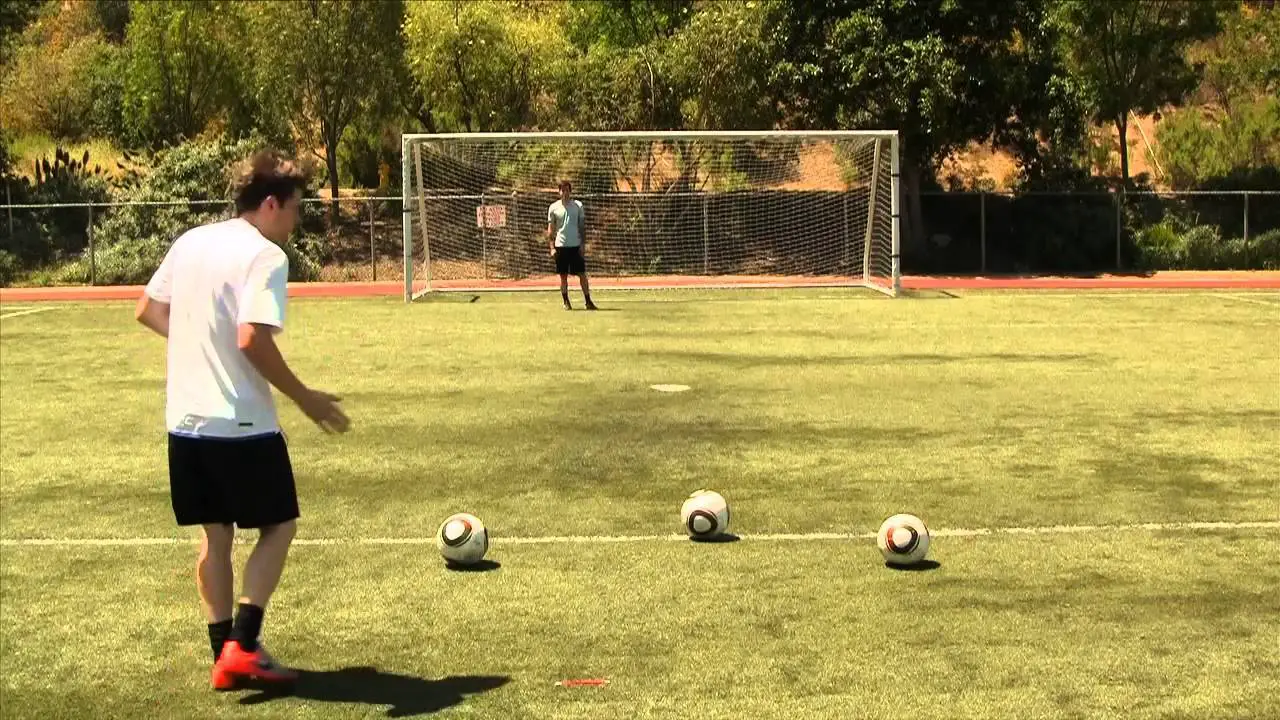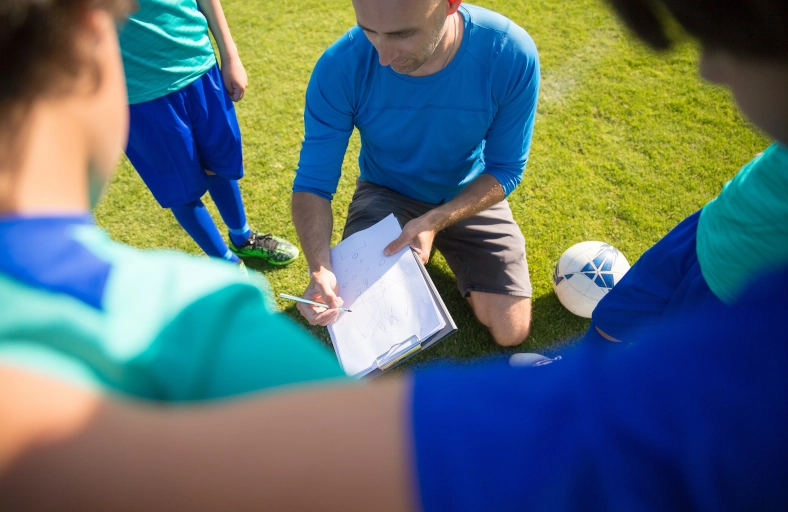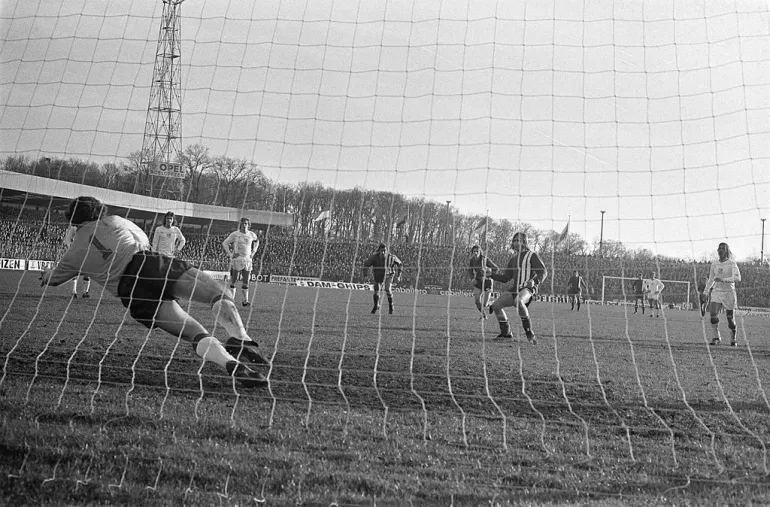How to kick a football: 3 basic kicking techniques

Knowing how to kick a football is essential for players at every level. Whether you’re aiming for precision, power, or control, understanding the proper techniques is crucial to improving your game. In this guide, we’ll break down three fundamental kicking techniques that every footballer should know, providing tips to help you enhance your skills on the pitch.
Side-foot Pass kick
Known for its accuracy, kicking with the side of your foot is ideal for short, controlled passes to teammates. This technique provides less power but greater precision.
People often make the mistake of kicking the ball with the inside of their foot but closer to their toe. That is what you do if you want to chip the ball. You want to hit it at the base of your ankle. Not only is there more surface area, but you also have more power because it’s where your foot can lock in place.
Lock your ankle and drive through with the inside of your foot just at the base of your ankle. Don’t hit the ball and stop; get your foot in and drive through. If you do this, the kick will result in a solid pass on the ground. This technique is very effective, leaving your teammate with a more manageable ball to track.
Summary:
- Approach: Stand a short distance from the ball with your body facing your target.
- Foot Placement: Place your non-kicking foot to the side of the ball, ensuring your hips are aligned with your target.
- Strike: Use the inside of your foot to make contact with the centre of the ball.
- Follow-through: Keep your foot steady and follow through to guide the ball toward your target.
There are a variety of drills to improve your passing skills. Have a look at any of our passing drills posts.
Chip kick (lofted pass)
The chip is used to lift the ball over an opponent or to make a lofted pass. It’s a more delicate technique that requires a soft touch and control.
For this kick, you down your foot when you kick. It’s like a golf motion. You want to go underneath the ball and sweep underneath. You do this with your toes. Instead of leaving your foot flat, you want to tilt your foot up a little bit and lean back so you can get under like a golf club.
Chip on the very inside of the ball, lean back, drive through it, and you will get that nice little backspin. When you finally manage to create this spin, you have mastered the chip shot.
Summary:
- Approach: Position yourself slightly behind the ball.
- Foot Placement: Plant your non-kicking foot slightly behind the ball for better control.
- Strike: Use the bottom part of your foot to slide under the ball, lifting it off the ground with a flicking motion.
- Follow-through: Keep your kicking leg controlled and follow through to ensure the ball reaches the desired height.
Instep Driven Shot
The instep drive is the most powerful way to strike the ball and is often used when taking long shots or making clearances. This technique involves hitting the ball with the top of your foot, commonly called the laces.
When executing a regular shot, you want to drive through and get the most power possible. The foot you’re not using to strike the ball must be set right next to it, not behind it. This way, your knee will end on top of the ball when you drive through. Having your kicking knee just over the ball means that your foot will be in contact with the ball for the longest duration possible, releasing more energy and, therefore, a more powerful shot.
To kick the ball and really drive through it, point your toes towards the ground. This position of your foot will cause your ankle to lock. Lean forward and kick the ball with the laces of your foot, just over the knuckle of your big toe. Avoid kicking with your toes; the shot will have no direction, and you may hurt yourself. Only kick with your toes as a last resort technique, such as when you are under pressure and have no time to accommodate your body.
Summary:
- Approach: Approach the ball at a slight angle.
- Foot Placement: Plant your non-kicking foot next to the ball, ensuring your knee is slightly bent.
- Strike: Swing your kicking leg through and make contact with the ball using the top of your foot (laces).
- Follow-through: Maintain balance by following through with your kick and extending your leg fully.
Conclusion
Each of these kicking techniques offers unique advantages, and mastering them will allow you to handle different game situations easily. Practice regularly to perfect your technique, improve accuracy, and boost your overall performance on the field.
In the video below, Matt Smith from Epic Soccer Training (no longer available) covers the 3 basic kicking techniques described.
Find more tutorials on how to kick a football in the shooting category of our website.



